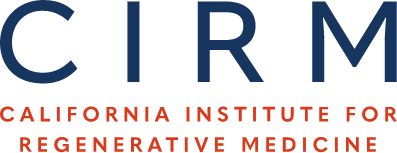Novel metabolic labeling method for tracking stem cells to irradiated salivary glands using PET
Research Objective This project aims to develop a sensitive and non-invasive method for tracking stem cells in clinical trial, without the need for genetically engineered reporters or long-lived radioisotopes. Impact…



